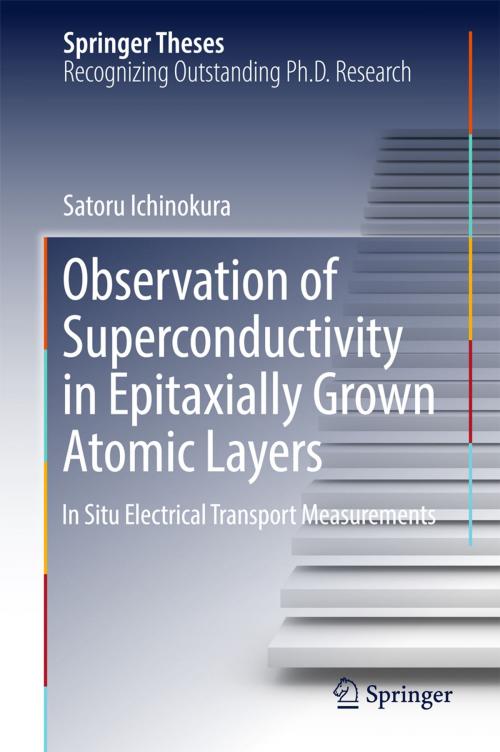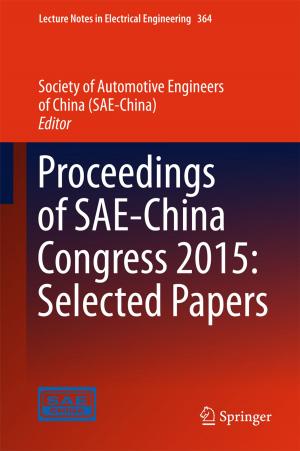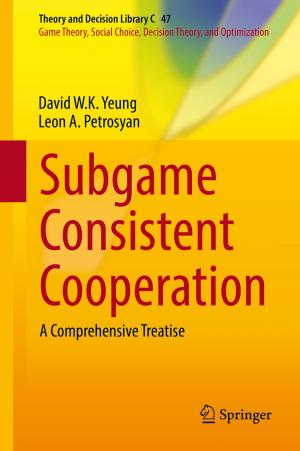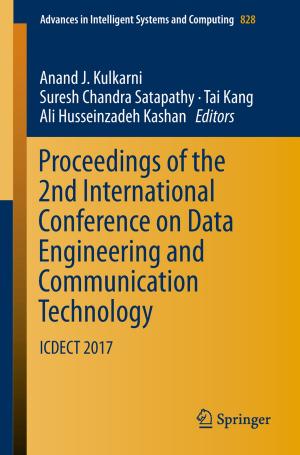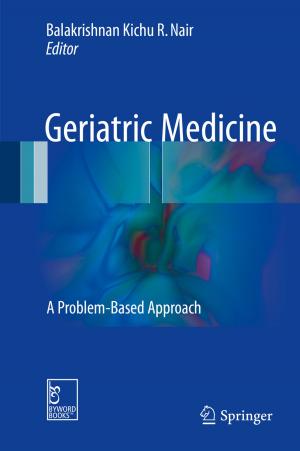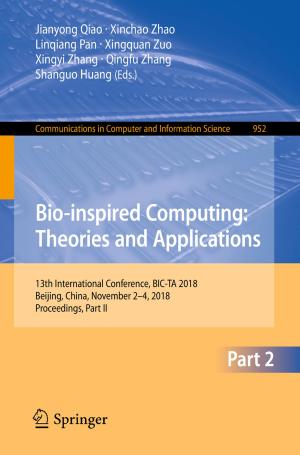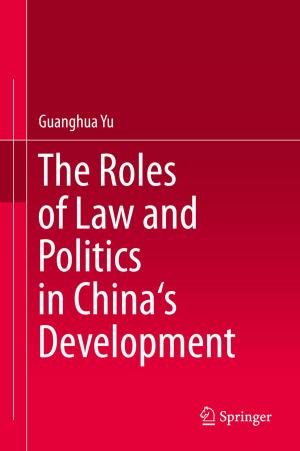Observation of Superconductivity in Epitaxially Grown Atomic Layers
In Situ Electrical Transport Measurements
Nonfiction, Science & Nature, Technology, Superconductors & Superconductivity, Science, Physics, Solid State Physics| Author: | Satoru Ichinokura | ISBN: | 9789811068539 |
| Publisher: | Springer Singapore | Publication: | November 1, 2017 |
| Imprint: | Springer | Language: | English |
| Author: | Satoru Ichinokura |
| ISBN: | 9789811068539 |
| Publisher: | Springer Singapore |
| Publication: | November 1, 2017 |
| Imprint: | Springer |
| Language: | English |
This thesis presents first observations of superconductivity in one- or two-atomic-scale thin layer materials. The thesis begins with a historical overview of superconductivity and the electronic structure of two-dimensional materials, and mentions that these key ingredients lead to the possibility of the two-dimensional superconductor with high phase-transition temperature and critical magnetic field. Thereafter, the thesis moves its focus onto the implemented experiments, in which mainly two different materials thallium-deposited silicon surfaces and metal-intercalated bilayer graphenes, are used. The study of the first material is the first experimental demonstration of both a gigantic Rashba effect and superconductivity in the materials supposed to be superconductors without spatial inversion symmetry. The study of the latter material is relevant to superconductivity in a bilayer graphene, which was a big experimental challenge for a decade, and has been first achieved by the author.
The description of the generic and innovative measurement technique, highly effective in probing electric resistivity of ultra-thin materials unstable in an ambient environment, makes this thesis a valuable source for researchers not only in surface physics but also in nano-materials science and other condensed-matter physics.
This thesis presents first observations of superconductivity in one- or two-atomic-scale thin layer materials. The thesis begins with a historical overview of superconductivity and the electronic structure of two-dimensional materials, and mentions that these key ingredients lead to the possibility of the two-dimensional superconductor with high phase-transition temperature and critical magnetic field. Thereafter, the thesis moves its focus onto the implemented experiments, in which mainly two different materials thallium-deposited silicon surfaces and metal-intercalated bilayer graphenes, are used. The study of the first material is the first experimental demonstration of both a gigantic Rashba effect and superconductivity in the materials supposed to be superconductors without spatial inversion symmetry. The study of the latter material is relevant to superconductivity in a bilayer graphene, which was a big experimental challenge for a decade, and has been first achieved by the author.
The description of the generic and innovative measurement technique, highly effective in probing electric resistivity of ultra-thin materials unstable in an ambient environment, makes this thesis a valuable source for researchers not only in surface physics but also in nano-materials science and other condensed-matter physics.
